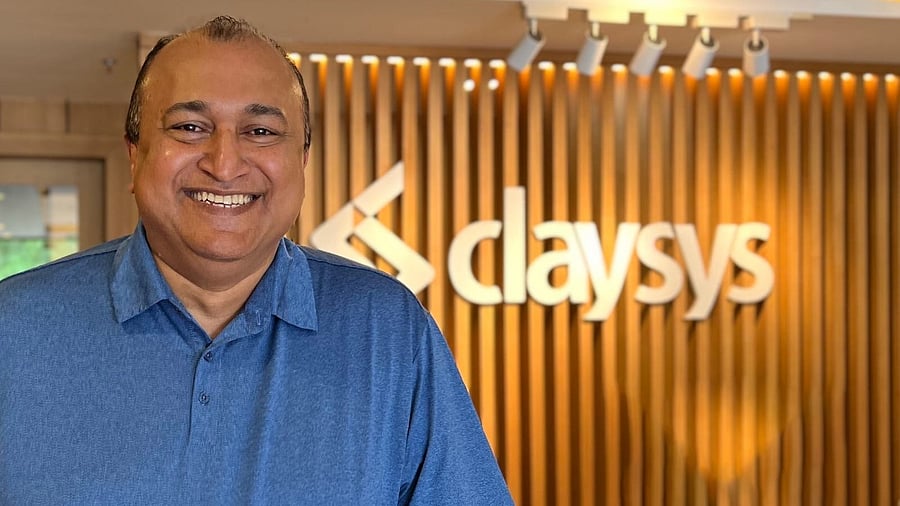
Vinod Tharakan
Credit: Special Arrangement
Financial technology (Fintech) ecosystem in India is among the best in the world. The Unified Payments Interface (UPI) has fundamentally transformed the financial services, especially the payments system. Founder and Managing Director of Kochi-based ClaySys Technologies Vinod Tharakan has been involved in the financial sector in the US and India for more than three decades. In an interview with DH’s Gyanendra Keshri, Tharakan talks about the need for systemic change in the Indian banking policies to accelerate economic growth. Excerpts:
You have been involved in financial technology in the US and India for decades. How does India’s banking structure compare to other countries?
India has only 33 major banks that handle 92 per cent of loans. In contrast, the US has 10,000 banks, Germany has 1,800 and China has 4,250 banks, adding hundreds annually. This limited banking structure constraints money creation in India. China’s money supply, for example, is 15 times greater than India’s, despite having a comparable GDP in the 1990s. The disparity in banking infrastructure significantly impacts India’s ability to stimulate its economy.
The primary role of banks is to create money, which fuels economic activity. Money is created when banks issue loans and is removed from the economy as and when loans are repaid. For instance, in the US, money supply is $21 trillion, supporting a $27 trillion GDP. In contrast, India’s money supply is $2.8 trillion, limiting its economic growth potential. Despite this, discussions around the role of banking in relation to the economy are minimal in India.
If the money supply is increased, won’t it lead to inflation?
India’s money supply is low due to limited lending by banks. Contrary to popular belief, inflation in essential goods is not caused by increased money supply but by supply shortages. For example, if crops fail due to bad weather, prices rise due to limited availability, not because of excess money. Raising interest rates in response to inflation further reduces production, as higher costs discourage investment in manufacturing or agriculture.
What can be done to enhance money creation without creating an inflationary spiral?
Expanding the banking network is crucial. India needs more banks, including small and local ones, to target lending for productive purposes such as infrastructure, small businesses, and housing. For instance, giving Panchayats limited banking licenses can decentralise money creation. These banks can issue loans explicitly for local development projects, ensuring that money remains within the economy and contributes to the GDP growth.
How does India’s approach to infrastructure financing differ from other countries?
India often relies on government borrowing to fund infrastructure projects. This can be replaced by creating new money through targeted banking initiatives. A successful example is the development of InfoPark in Kochi, which was funded by loans from Federal Bank rather than government borrowing. This approach not only avoided increasing public debt but also spurred local economic activity.
We need to focus on productive loans. The lending for creating new goods or services, such as loans for new houses, factories and infrastructure contribute significantly to the GDP. Non-productive loans, such as those for purchasing old assets, do not add value to the economy. Encouraging productive loans through lower interest rates can drive growth. For example, a 2 per cent loan for a dairy farm incentivises expansion, whereas a 10 per cent loan might deter it due to higher borrowing cost.
What is your outlook for the Indian banking sector and the economy?
India has the youngest population globally, with an average age of 28 compared to China’s 38 and the US’ 39. This demographic advantage, combined with innovation and infrastructure development, positions India to become the world’s largest economy in 10-15 years. However, this requires systemic changes in banking policies, massive money creation for productive purposes, and investment in emerging industries.